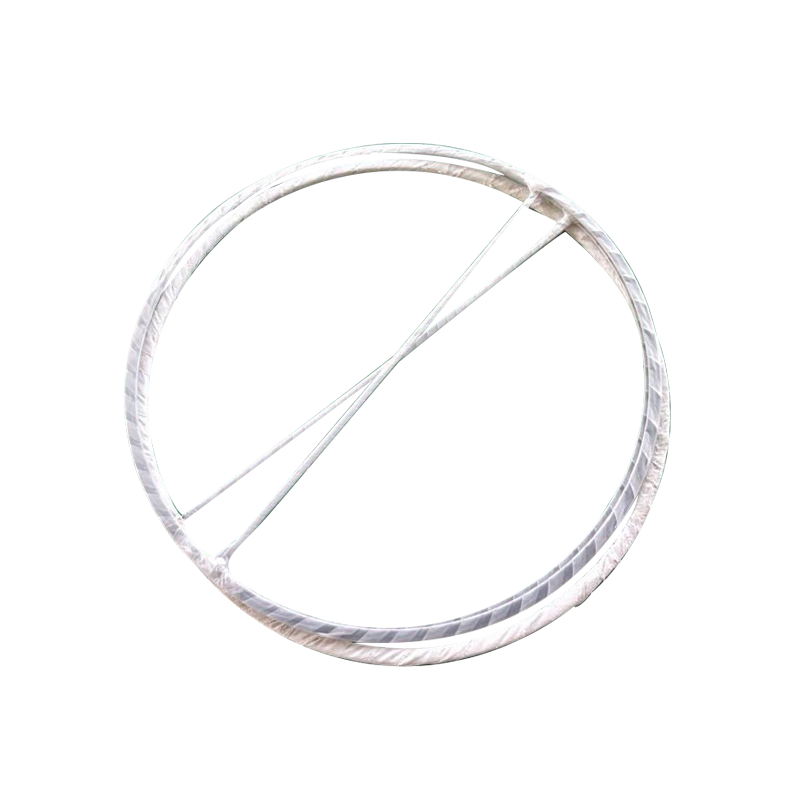Unscientific Design and Selection of D-type Metal Spiral Wound Gasket Seals
(1) Seals are classified into static seals and dynamic seals based on whether there is relative speed between the sealing mating surfaces. Dynamic seals are further divided into rotating dynamic seals and reciprocating dynamic seals according to the direction of relative speed. In addition, there are different requirements for the material and structure of seals, including the type of working medium, pressure, temperature, and relative speed between seals. For example, static seals are commonly used for O-rings, various gaskets, sealants, etc.; apart from O-rings, rotating dynamic seals are also widely used for oil seals; O-rings are typically used for repetitive motion, especially at high speeds, but lip seals such as V-shaped, Y-shaped, Yx-shaped, J-shaped, etc., are commonly used.
(2) Nitrile rubber and polyurethane, as sealing materials, can only be used at oil temperatures below 100°C; silicone rubber and PTFE-metal spiral wound gaskets are suitable for temperatures ranging from -50°C to 250°C; oil-resistant rubber and laminated oil-resistant rubber can be used long-term at temperatures up to 120°C. The maximum pressure resistance of rotating shaft lip seals is between 0.4 and 0.7 MPa, and depending on the material and shape, the reciprocating lip compression resistance ranges between 30 and 80 MPa; fluoroelastomer is suitable for almost all greases, fuels, and gasoline, while silicone rubber is not suitable for low-benzene viscose mineral oils and oils containing extreme pressure additives; nitrile rubber is oil-resistant but not suitable for phosphate gear oils and engine oils containing extreme pressure additives; the angular velocity between the contact surface of the rotating lip seal and the spindle is generally 6 to 12 m/s, and for reciprocating lip rubber or cloth-inserted rubber, it is 0.5 to 1.5 m/s. In addition, the strength of expanded PTFE gasket rubber should vary with the pressure and gap size; it is slightly stronger at higher pressures and larger gaps and weaker otherwise.
(3) The structure, specifications, and tolerance design of the seal itself are unscientific and do not comply with relevant standards.
(4) The structural dimensions and tolerance design of the installation groove for the seal are inappropriate or the processing has not met the design requirements.
(5) An excessively high surface roughness of the shaft mating with the seal will accelerate seal damage; too low a roughness prevents the formation of a lubricating film between the lip of the seal and the contact surface of the shaft, with a general roughness of Ra0.32 to Ra0.16 being optimal.
(6) The bearing cover for installing the oil seal must not only meet the requirements for dimensional accuracy but also have a coaxiality tolerance that is not too large. If the coaxiality error between the oil seal and the spindle is too large, partial damage will occur on the surfaces of the oil seal and the spindle, leading to leakage.






